Sejong National Arboretum (국립세종수목원)
2.0Km 2025-05-20
136, Sumogwon-ro, Sejong-si
+82-44-251-0001
The Sejong National Arboretum, which is about to open as the first urban arboretum in Korea, was built on an area of 65 ha adjacent to the Sejong Government Complex, where several government ministries are located. It is possible to see 2,834 species of 1.72 million plants (including 45,958 trees) under various themes such as the nation's largest four-season greenhouse, traditional Korean garden, Cheongryujiwon for study, and bonsai garden. It is another national arboretum established following the Baekdudaegan National Arboretum following the National Arboretum Expansion Plan for conserving and developing genetic tree resources by climate and vegetation zone.
Mok hyang jae / 목향재
2.1Km 2025-05-20
33 , Mannam-ro 6-gil, , Sejong-si
+82-10-8666-1217
Mokhyangjae in Sejong City, Chungcheongnam-do, is a hanok pension built in the style of a palace with beams and pillars of thick red pine. The exposed beam ceilings and hanji-covered sliding doors add to the feel of a grand old house. There’s a choice of rooms: Korean style ondol room (either 1-2 person or family-sized); a standard room with a bed and an attic; or deluxe room with a living room and an attic. The attic, equipped with comics and picture books, is a favorite space for children. There’s also a traditional tea house.
Geumgang Pedestrian Bridge (금강보행교)
2.7Km 2025-08-07
Sejong-ri, Sejong-si
+82-44-868-9127
Geumgang Pedestrian Bridge, a landmark of Sejong-si, opened in March 2022. It is the first two-story bridge in Korea, and its futuristic design inspired by the concept of traveling through time contributes to beautifying the city's aesthetics. The upper part of the pedestrian bridge is equipped with a rest area, space for events and activities, and other convenience facilities, whereas the lower part is a bicycle-only road for safety and smoooth riding.
Sejong Jeongwol Daeboreum National Kite-flying Contest (2025 세종시 정월대보름 전국 연날리기 대회)
2.7Km 2025-05-20
Sejong-dong, Sejong-si
+82-44-865-2411
Jeongwol Daeboreum, the Great Full Moon Festival, is celebrated on the 15th day of the first month of the lunar calendar. It is a traditional holiday celebrated with family, wishing for health and happiness. Visitors can create lifelong memories with traditional Korean games and programs. Visitors can also participate in the Jeongwol Daeboreum National Kite-flying Contest.
Sejong Cultrual Center of Korean Tradition (세종전통문화체험관)
2.8Km 2025-05-20
94 Morongji-ro, Sejong-si
The Sejong Cultrual Center of Korean Tradition provides visitors with an immersive experience of traditional Korean crafts and culture, capturing the essence of Korea. The exhibition and promotional halls showcase crafts and traditional paintings depicting the daily life and rituals of Buddhist temples, along with an interactive experience room. Visitors can participate in traditional arts activities such as samulnori (percussion performance), mask dancing, decorative painting, folk painting, and calligraphy. Cultural experiences include temple food workshops focusing on vegan and fermented dishes, as well as meditation, yoga, and tea ceremonies.
E-Mart - Sejong Branch [Tax Refund Shop] (이마트 세종)
3.0Km 2025-05-20
2F, 10, Docheong-ro, Yeongtong-gu, Suwon-si, Gyeonggi-do
-
Manghyang Bibimguksu Sejong Branch (망향비빔국수 세종)
3.1Km 2025-05-20
4 Bareun 7-gil, Sejong-si
+82-44-864-2042
Manghyang Bibimguksu is a Korean noodle specialty restaurant located in Sejong Administrative City. Its signature dish is bibim guksu (spicy noodles), which is spicy noodles mixed with a special sauce. Additionally, they offer other dishes such as janchi guksu (banquet noodles), mandu, kimchi mandutguk (kimchi mandu soup), and dongaseu (pork cutlet). Nearby, there's the Ogarnangtteul Neighborhood Park, providing a pleasant setting for a meal and a stroll.
BOK Art Center (비오케이아트센터)
3.6Km 2025-05-20
12, Gukchaegyeonguwon 3-ro, Sejong-si
+82-1877-4955
BOK Art Center is located in Bangok-dong, Sejong-si. It was opened in 2019 with the management philosophy of CEO I Gyu-sun, 'Let's create a happier living space.' The center is equipped with a performance hall where various performances are held, a gallery where various exhibitions are held, a hobby factory specialized for kidults, a Ccume Baking Class where you can enjoy baking, a bookstore, and a cafe.
Yeongpyeongsa Temple (영평사)
4.0Km 2021-11-01
124, Yeongpyeongsa-gil, Sejong-si
+82-44-857-1854
A branch of Magoksa Temple, which is the 6th local temple of the Jogyejong Order, Yeongpyeongsa Temple has six traditional buildings and three small hermitages. Janggunsan Mountain, where the temple is located, is small but full of energy. According to Feng Shui, the mountain is a perfect location for a temple because it is shaped like a dragon curled along the Geumgang River. Yeongpyeongsa is a tranquil place that captures the purity of the temple’s Buddhist practice, with fresh air and clean water that offer a habitat for fireflies, crawfish, and black snails. On the way in, visitors are greeted by a multitude of wildflowers vying for their attention: the columbines and the prairie crocuses in spring, the white lotuses in summer, and the Siberian chrysanthemums in autumn.
Haposeowon Confucian Academy (합호서원)
6.4Km 2025-05-20
262-6, Wonhapgang 1-gil, Yeondong-myeon, Sejong
+82-44-330-5832
Registered as Cultural Heritage Material, Haposeowon Confucian Academy is where the spiritual tablet of An Hyang, a respected scholar during the Goryeo period, is enshrined. The academy was founded in 1716 by the scholar's descendants, who held regular memorial services until a royal order to close down most seowon institutions was made in the late Joseon dynasty. In 1949, Haposeowon Confucian Academy was rebuilt as an affiliated institution with the consent of 218 local Confucian schools nationwide.

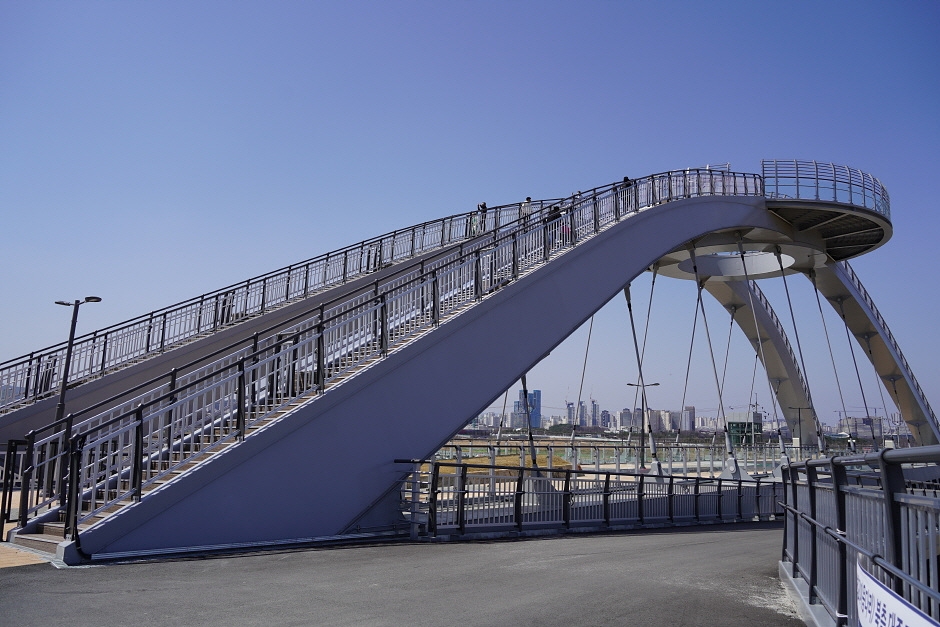
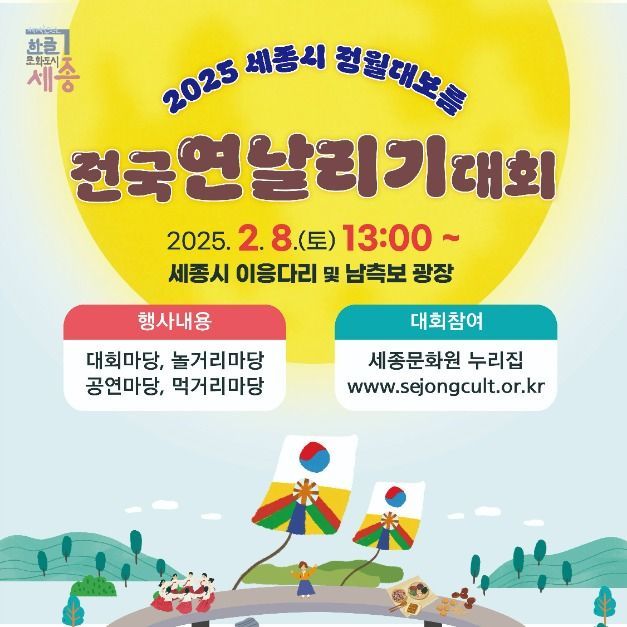
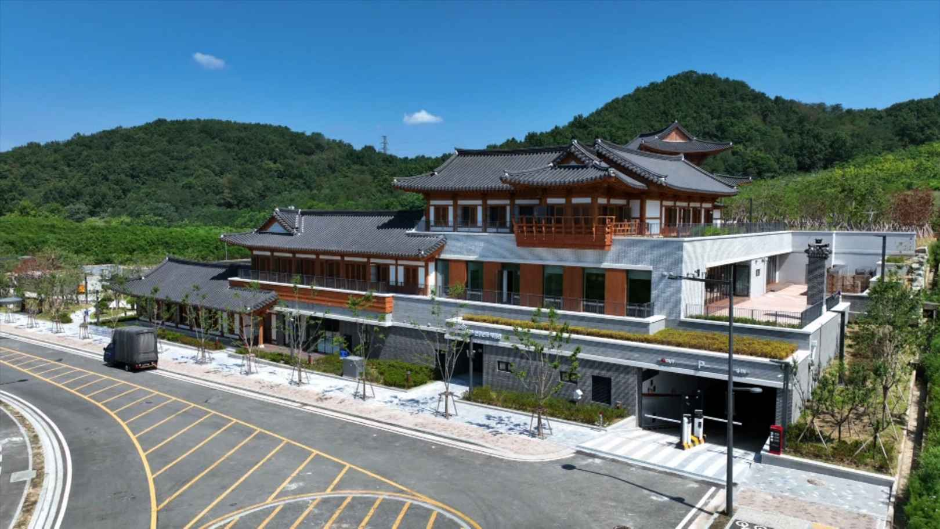
![E-Mart - Sejong Branch [Tax Refund Shop] (이마트 세종)](http://tong.visitkorea.or.kr/cms/resource/70/2883170_image2_1.jpg)
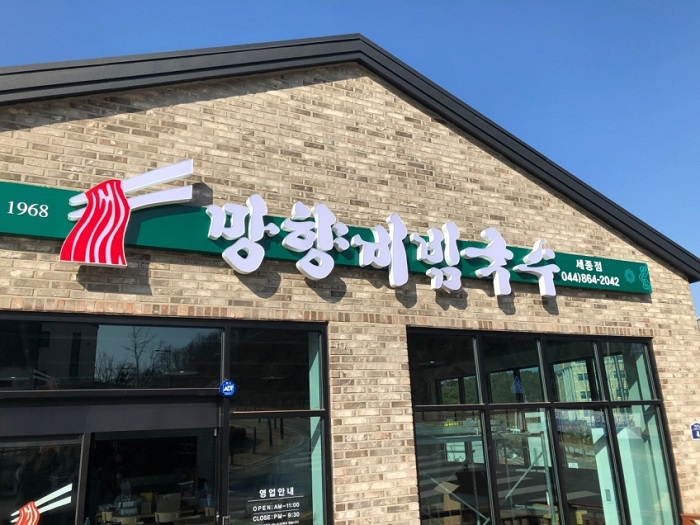
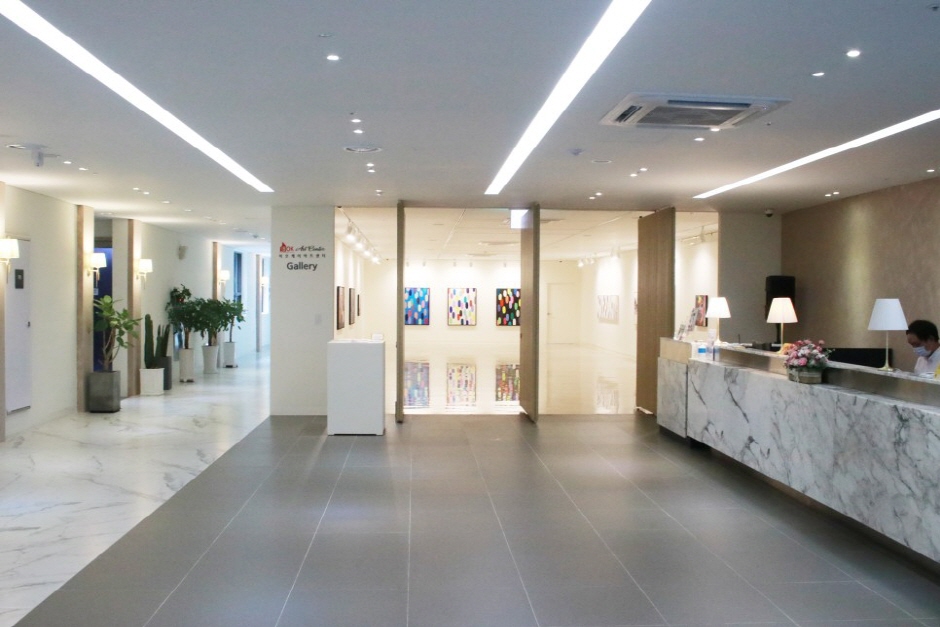
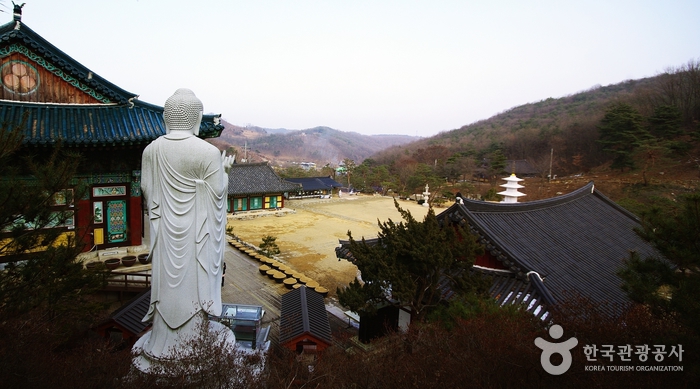
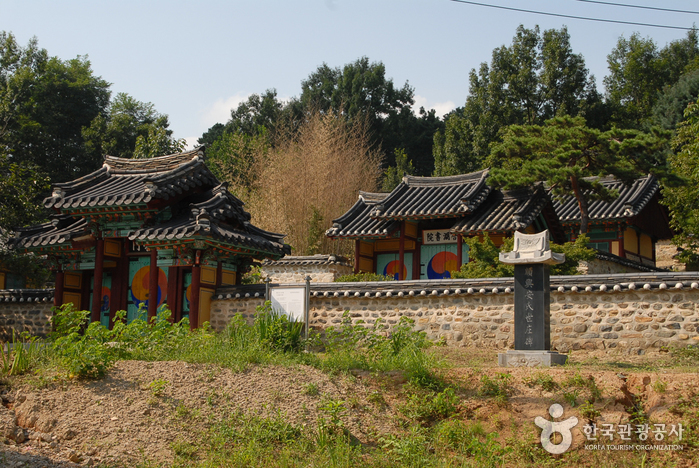
 English
English
 한국어
한국어 日本語
日本語 中文(简体)
中文(简体) Deutsch
Deutsch Français
Français Español
Español Русский
Русский